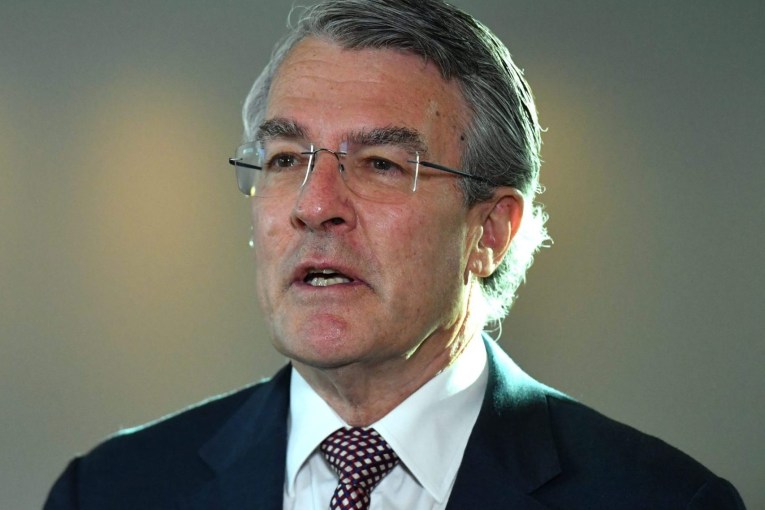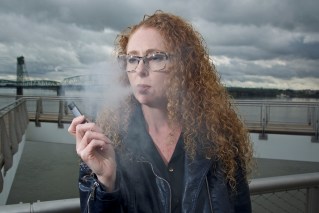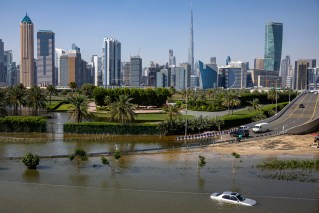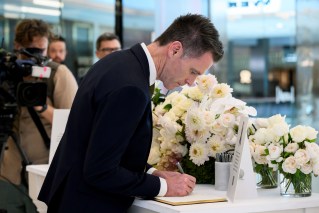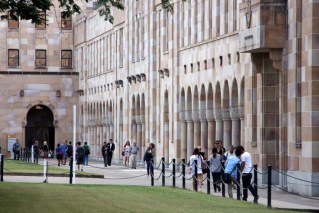The data that proves we can beat virus by doing absolutely nothing
The success or failure of Australia’s coronavirus fight relies to a remarkable degree on just one thing, new modelling has found.
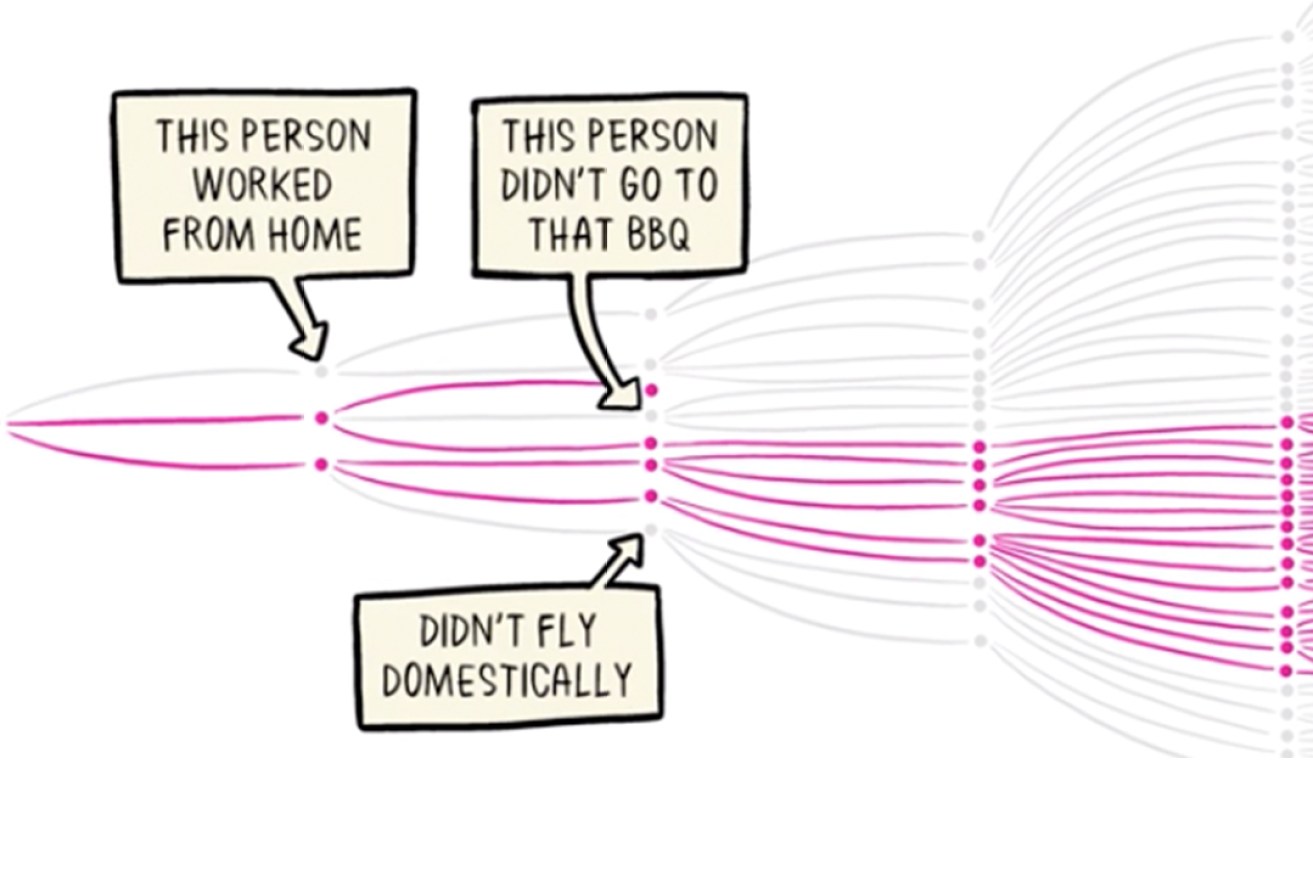
And that thing is whether individual Australians now follow official advice — and just stay home.
The data comes from a complex model of how COVID-19 could spread in Australia, which finds:
- Coronavirus will continue to spread virtually unchecked unless at least eight in 10 Australians stay home as much as possible.
- If that slips even slightly — to seven in 10 people — the fight to ‘flatten the curve’ will be lost.
- It also suggests that school closures have little effect on controlling the coronavirus outbreak.
Where do these numbers come from?
Researchers at the University of Sydney have built what is effectively a simulation of the entire Australian population using information about where everyone lives, the number of adults and children in each house, how people move around their town or city, and other details such as the locations of schools and airports.
They then essentially add COVID-19 into that simulation, watch how it spreads — and can experiment with how different measures might change its growth.
It can model what might happen with different actions, but it does not necessarily represent what actually happens in the real world.
The modelling was created by the Centre for Complex Systems and the Marie Bashir Institute for Infectious Diseases and Biosecurity at Sydney University. It has been published online but has not yet been through a rigorous peer-review process.
However, the model was previously developed to map the spread of influenza in Australia and the same team published peer-reviewed papers on those results.
Why is staying home so important?
With a highly infectious viral disease like COVID-19, no natural immunity in the population and no vaccine to inoculate people against coronavirus, the only way to stop the spread is to keep people away from each other.
According to the simulation, if Australia sees 80 per cent compliance with advice on ‘physical distancing’, the spread of COVID-19 could be controlled within 13 weeks.
But study author Mikhail Prokopenko from the University of Sydney explains the results are very different if that figure falls even a little bit.
“At 70 per cent and below, it just does not work,” Professor Prokopenko says. “It does not lead to reductions of incidence and prevalence.”
And that remains the case no matter how long 70 per cent of people may isolate themselves. Instead, the model shows the number of new cases continuing to climb exponentially into the thousands.
However, if 80 per cent of people follow the advice, the model suggests there’s still a chance coronavirus could be brought under control in 13 weeks, with the number of new cases per day falling back to about 100.
Ninety per cent compliance is even more effective, almost eliminating the virus from the Australian population — likely reaching about 10 cases in the whole country.
Professor Prokopenko says behavioural interventions do not rely on waiting until a vaccine or anti-viral treatment becomes available.
“We can do it. We are still in control of our lives and the lives of other people if we do it like that,” he says.
The results are in line with modelling published by Imperial College in London last week, which showed that physical distancing of the whole population would have the largest impact on eliminating coronavirus infections.
What is physical distancing?
Australians have now been advised:
- Stay home unless it is absolutely necessary to go out — such as working or shopping for food.
- Do not have parties or barbeques, and only very small family get-togethers.
- Keep 1.5m apart from other people.
For the purposes of the University of Sydney modelling, physical distancing was defined as people staying at home, having no contact with their work colleagues and 90 per cent less contact with the rest of the world, apart from their own household.
Governments around the world have been advising, or in some cases compelling, their populations to do physical distancing.
In Australia, the advice became more draconian last night, when Prime Minister Scott Morrison said funerals needed to be limited to 10 people and weddings to five people.
School closures have limited effect
The model found that school closures delayed the peak of the outbreak by about two weeks, but didn’t have an impact on the number of people infected.
But that came at a cost.
The number of new cases of children infected by coronavirus increased by 8 per cent at the peak.
Professor Prokopenko said the model did not explore why this might be, but he speculated it could be caused by children mixing with their communities when schools are closed.
“In short, the only tangible benefit of school closures, coupled with case isolation, is in delaying the epidemic peak by two weeks, at the expense of a slight increase in the contribution of children to the incidence peak.”
If school closures are added to a 70 per cent compliance rate, it might compensate for about 10 per cent of a lack of physical distancing compliance.
“If you close schools on top of this 70 per cent social distancing, it starts to go at least in a direction where the incidence and prevalence are reduced,” Professor Prokopenko said.
The NSW Government has asked parents to keep children out of school where possible, and Victoria has closed schools early for the holidays.
However, Prime Minister Scott Morrison said schools would remain open as it was in the national interest.
James McCaw, professor of mathematical biology at the University of Melbourne, said school closures remained a huge unknown because the epidemiology of infection and transmission in and from children was not well understood.
The model used international data on the transmission of coronavirus, assuming that each infected person passed on the virus to 2.3 others, and took into account the different transmission rates between people with and without symptoms, along with the lower number of cases in children compared to older people.
Is there anything else I should know about the models?
It’s worth noting that all of the scenarios outlined here are based on various degrees of physical isolation on top of other critical measures — particularly effective case isolation and international travel restrictions.
It assumes that all confirmed coronavirus cases were isolated since the start of the outbreak, which was the case in Australia, however increasingly that relies on individuals taking it seriously and doing as health authorities ask.
The model also assumes that international arrivals of non-residents are banned and returning residents went into self-isolation at the point where there were 1,000 cases in Australia.
These actions were taken on March 20 and Australia passed 1000 cases a day later.
James McCaw, professor of mathematical biology at the University of Melbourne, says the results reinforce the principle that Australia, like everywhere else, must and is taking a layered response to coronavirus.
“Only through a combination of isolation, quarantine, contact tracing and broad-scale social distancing will we be successful in controlling the spread,” he says.
He emphasises that while the modelling is based on plausible scenarios, the results cannot be considered predictions.
McCaw said that, in common with all epidemic modelling to date on COVID-19, the scenarios were illustrative but should not be considered definitive.
– ABC / Catherine Hanrahan

